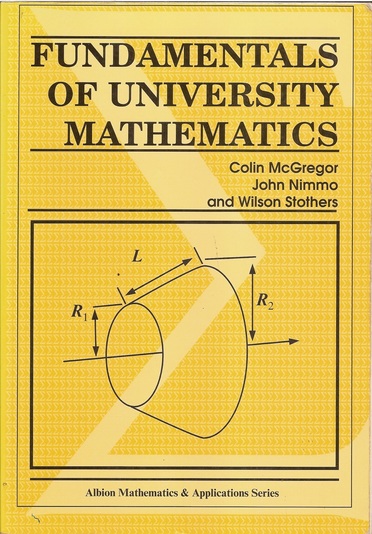










The title of the book makes clear its target audience. However, I feel this is a useful book for the more (most?) able A-level student, covering the core A-level "pure" topics. I guess A-level is equivalent to most non-UK 16 to 18 mathematics syllabuses (syllabi?).
The book builds on the standard A-level texts by developing "style" and introducing "rigour". There is a consistent approach throughout to the description of topics. Once "into" the style that topics are developed, the reader will be able to get a "feel" for how a subject is developed from fundamentals. This is a book to be "worked through" not "dipped into". I feel that after a particular topic is covered in class or lecture then the book could be used to "deepen" the student's understanding. There are no "problem solving tricks" just a clear description of the topics.
The examples and exercises are very clearly laid out and the "working" is shown. This approach aids explanation and understanding of a topic. The examples can act as a "template" for how to layout an argument. This is part of the "style" that the student should emulate.
I find the layout of the printing quite "dense". Skimming the pages would give the casual "flicker" the impression of a blizzard of symbols. However, closer reading shows that the symbols are part of the signposts to take the reader step-by-step through the material. Clear, simple, relevant diagrams help the reader visualise the problem or the result. The diagrams are good models for a student.
The school student MAY struggle with the rigour / detail of the descriptions. But, the topics should be familiar and any problem no more difficult than an A-level question, Hopefully working through an example, further insight should gained as to why a problem is tackled the way it is or why an approach is valid.
I would be very interested for an A-Level (or other 16 to 18) maths student to tackle any of the chapters and to comment on (disagree with) my review.

